As the core equipment of label printing, packaging and other industries, the technical performance of the ribbon slitting machine directly affects the slitting accuracy and production efficiency of the ribbon (thermal transfer ribbon). The following is an in-depth analysis of its core functions and enabling logic for efficient production from a professional perspective:
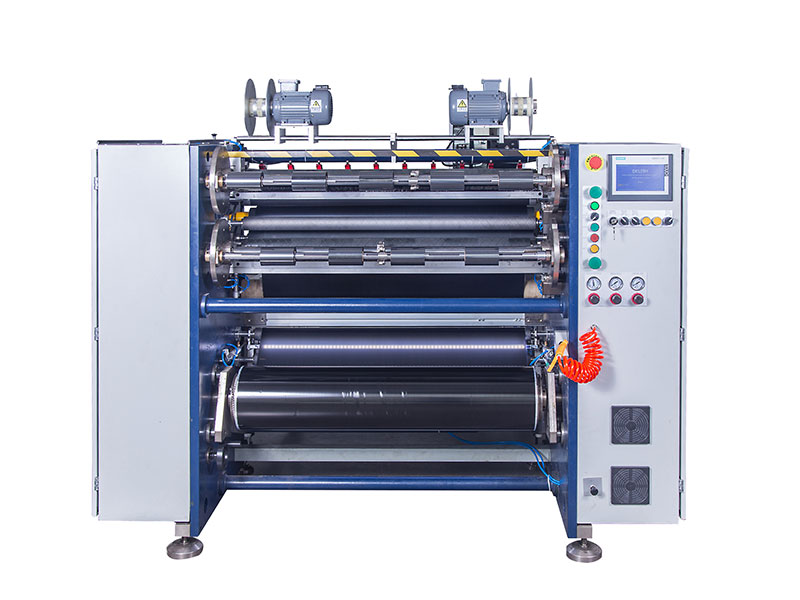
First, analysis of core functional modules
1. High-precision slitting system
◦ Servo-driven cutting: Closed-loop servo control system is adopted, and the positioning accuracy can reach ±0.05mm, ensuring the consistency of slitting width (such as 1.25mm~200mm range).
◦ Dynamic tension control: through the magnetic particle brake or pneumatic tension sensor, the unwinding/winding tension is adjusted in real time (usually 5~20N adjustable) to avoid the tensile deformation of the material.
◦ Tool optimization: carbide round knife or diamond cutter, life up to more than 2000 km, support burr-free cutting (Burr≤0.01mm).
2. Intelligent control system
◦ Human-machine interface (HMI): integrated PLC + touch screen, preset slitting parameters (such as speed, length, quantity), and support recipe storage function.
◦ Visual correction system: CCD camera detects the edge position of the ribbon, the correction accuracy is ±0.1mm, suitable for different materials such as PET, wax base/mixed base, etc.
◦ QAS quality inspection: online monitoring of slitting defects (such as burrs, wrinkles), and automatic rejection of defective parts.
3. Efficient transmission design
◦ Dual-shaft winding system: A/B axis alternate winding, the roll change time is ≤3 seconds, and the pneumatic roller is used to prevent loosening.
◦ Frequency conversion speed regulation: slitting speed up to 300m/min (high-end model), acceleration 0.5m/s², shorten the start and stop loss.
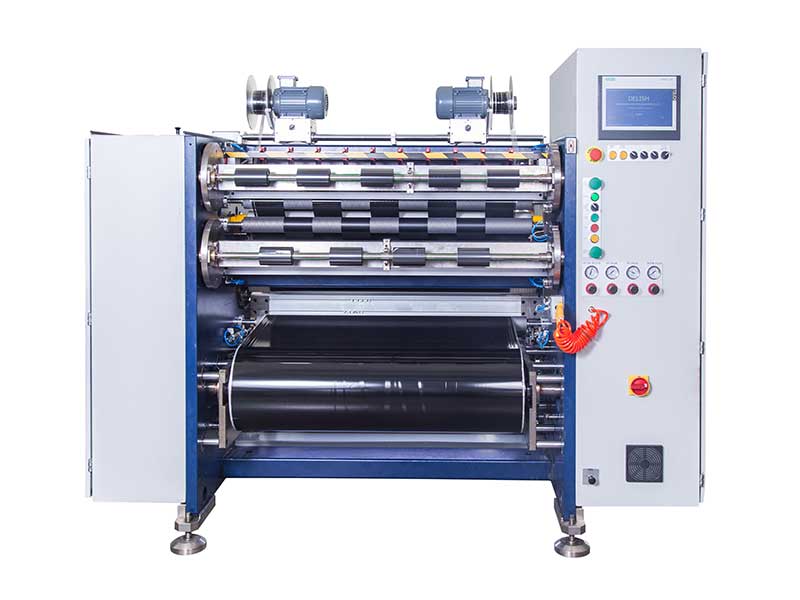
Second, the technical path to enable efficient production
1. Balance between speed and precision
◦ The relationship between tension and speed is dynamically adjusted by PID algorithm, and the slitting tolerance of ±0.15mm can still be maintained at high speed of 600m/min (the industry standard is usually ±0.3mm).
2. Maximize material utilization
◦ Nesting mode: support multi-width combined slitting (such as main belt + edge material recycling), and the material loss rate can be controlled below 1.2%.
◦ Automatic tape splicing technology: ultrasonic welding or glued tape, the joint strength is 90% ≥ the original tape, reducing downtime and waste.
3. Digital management interface
◦ Support OPC UA/Modbus protocol, docking with MES system, real-time upload of output, equipment OEE (comprehensive efficiency up to 85%), tool life and other data.
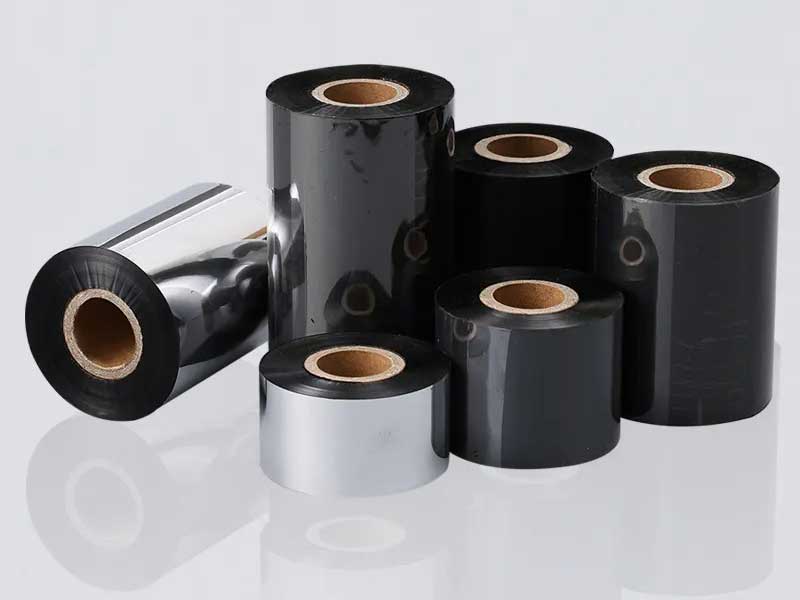
Third, comparison of industry application efficiency
| index | Legacy equipment | Modern ribbon slitting machine | Lift |
| Slitting efficiency | 80-120m/min | 250-300m/min | 200%+ |
| Width tolerance | ±0.5mm | ±0.1mm | 80%↓ |
| Changeover time | 30 minutes | ≤5 minutes (quick-change module) | 85%↓ |
| Frequency of manual intervention | Every 2 hours | Every 8 hours (automated) | 75%↓ |
Fourth, the direction of technological evolution
1. AI predictive maintenance: Predict tool wear trends through vibration sensors + machine learning to reduce sudden failures.
2. Ultra-narrow slitting: Laser slitting technology breaks through the slitting width below 0.3mm to meet the miniaturization needs of RFID tags.
3. Energy optimization: The regenerative braking system can recover more than 15% of kinetic energy, which meets the ISO50001 energy efficiency standards.
The technical iteration of the ribbon slitting machine is essentially a cross-innovation of precision machinery, automatic control and material science. Enterprises need to focus on the three dimensions of tension control stability, tool life cost and system scalability when selecting models, so as to realize the transformation from equipment efficiency to commercial value.
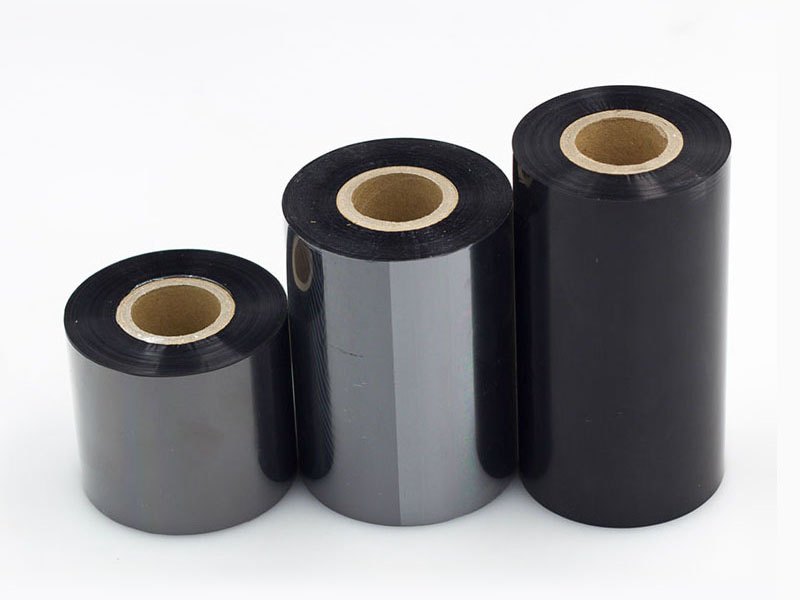 Long-term reliability maintenance guide for ribbon slitting machines
Long-term reliability maintenance guide for ribbon slitting machines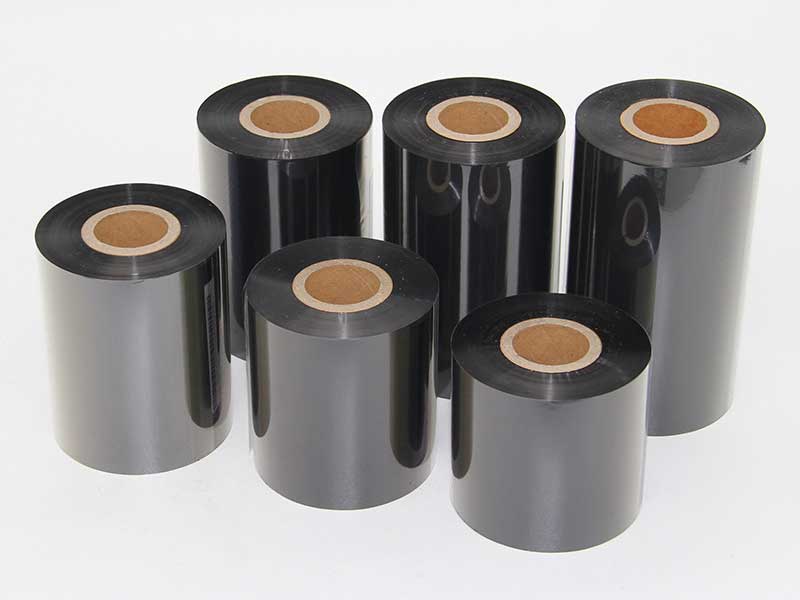 One-Click Operation: How the Convenience of Ribbon Slitting Machines Reshapes Workflows
One-Click Operation: How the Convenience of Ribbon Slitting Machines Reshapes Workflows Ribbon slitting machine: when precision meets user-friendly, the humanistic change of industrial design
Ribbon slitting machine: when precision meets user-friendly, the humanistic change of industrial design The Blade of Precision: How Ribbon Slitting Machines Become the Invisible Guardians of Print Quality
The Blade of Precision: How Ribbon Slitting Machines Become the Invisible Guardians of Print Quality Beyond Slicing: The Evolution of Ribbon Slitting Machines in the Productivity Revolution
Beyond Slicing: The Evolution of Ribbon Slitting Machines in the Productivity Revolution